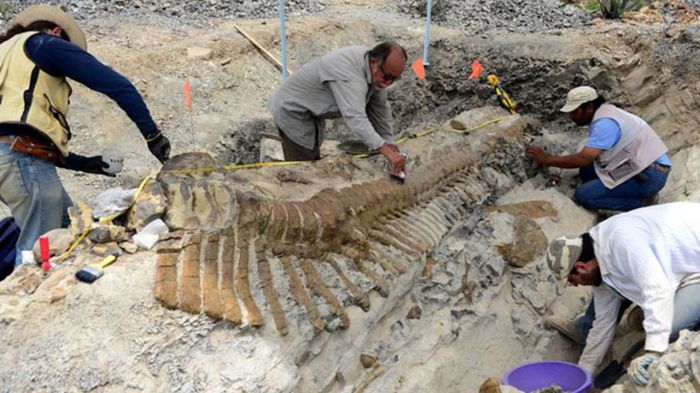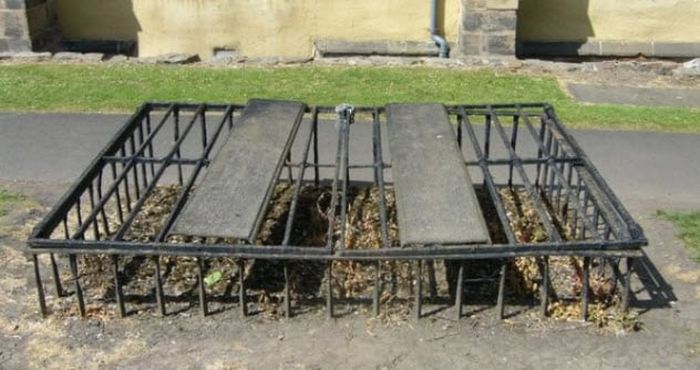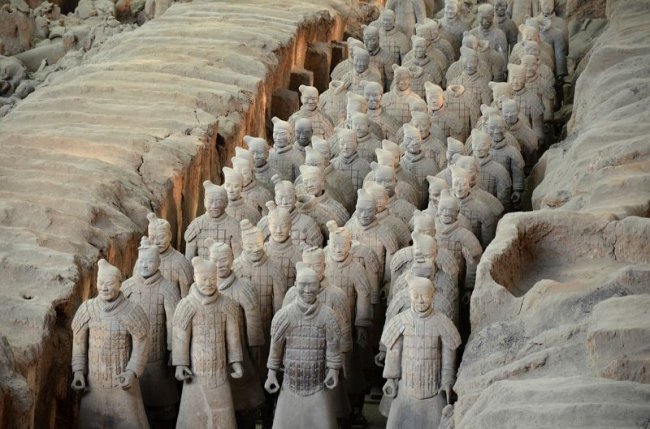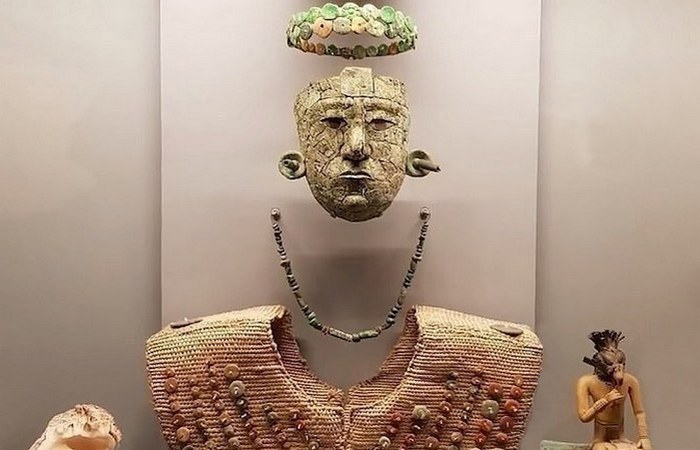tanya
Graffiti of the first Christians, the Egyptian tomb and other unique artefacts found on islands hidden from civilization
 There are thousands of islands in the world. Many of them have their own rich history, culture and secrets. Given the natural isolation, a strange culture for the rest of the world was often created on the islands. Today, scientists are looking for archaeological clues in Europe, America, the Middle East and Asia, which may reveal previously unknown details about the long-lost civilizations. But the islands also often keep secrets of extinct cultures.
There are thousands of islands in the world. Many of them have their own rich history, culture and secrets. Given the natural isolation, a strange culture for the rest of the world was often created on the islands. Today, scientists are looking for archaeological clues in Europe, America, the Middle East and Asia, which may reveal previously unknown details about the long-lost civilizations. But the islands also often keep secrets of extinct cultures.
1. Temple of Artemis
Greece
Lost temples have long become clichés for films, but in real life, archaeologists literally hunt them. One temple “eluded” scientists for more than a hundred years. Continue reading
10 copper artifacts that scientists discovered the secrets of the ancients
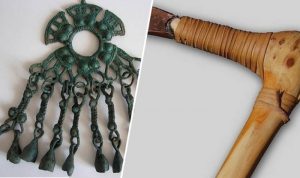 Copper is one of the first metals with which people began to work around 5000 BC, during the so-called copper era (the chalcolithic period), when there was a radical transition from primitive Neolithic to Bronze stone technology. For millennia, copper has been the main engine of the global economy. The most common prehistoric metal artifacts from copper alloys still surprise archaeologists.
Copper is one of the first metals with which people began to work around 5000 BC, during the so-called copper era (the chalcolithic period), when there was a radical transition from primitive Neolithic to Bronze stone technology. For millennia, copper has been the main engine of the global economy. The most common prehistoric metal artifacts from copper alloys still surprise archaeologists.
1. The Lost Treasure of the Copper Scroll
On March 14, 1952, an archaeologist discovered a mysterious copper scroll that contrasted sharply with all the other Dead Sea scrolls found earlier in the Qumran caves. The material of the scroll, its author, script, language and style indicate that he ended up in cave number 3 at a different time than 14 other scrolls made of parchment and papyrus. According to Professor Richard Freund, “the copper scroll is probably the most unique, the most important and least understood among the Dead Sea scrolls.” Continue reading
The mystery of the Roman Lycurgus Cup: Nanotechnology in the ancient world?
 The British Museum holds a very beautiful ancient exhibit – the Roman Lycurgus Cup. But he is more famous for his unusual optical properties. Under normal lighting, the goblet appears yellowish-green, and in transmitted light it acquires a deep wine-red hue. Only in 1990, scientists were able to reveal the secret of these unique properties, but how could such an effect be achieved in ancient times? After all, these are the real nanotechnologies …
The British Museum holds a very beautiful ancient exhibit – the Roman Lycurgus Cup. But he is more famous for his unusual optical properties. Under normal lighting, the goblet appears yellowish-green, and in transmitted light it acquires a deep wine-red hue. Only in 1990, scientists were able to reveal the secret of these unique properties, but how could such an effect be achieved in ancient times? After all, these are the real nanotechnologies …
The cup is a so-called diatret – a double-walled bell covered with a figured pattern. Its height is 16.5, and its diameter is 13.2 centimeters.
The earliest found diatrets belong to the 1st century BC. n e., and their heyday reached its production in the III and IV centuries. Diatrets in that era were considered very expensive items and were available only to the rich. Continue reading
